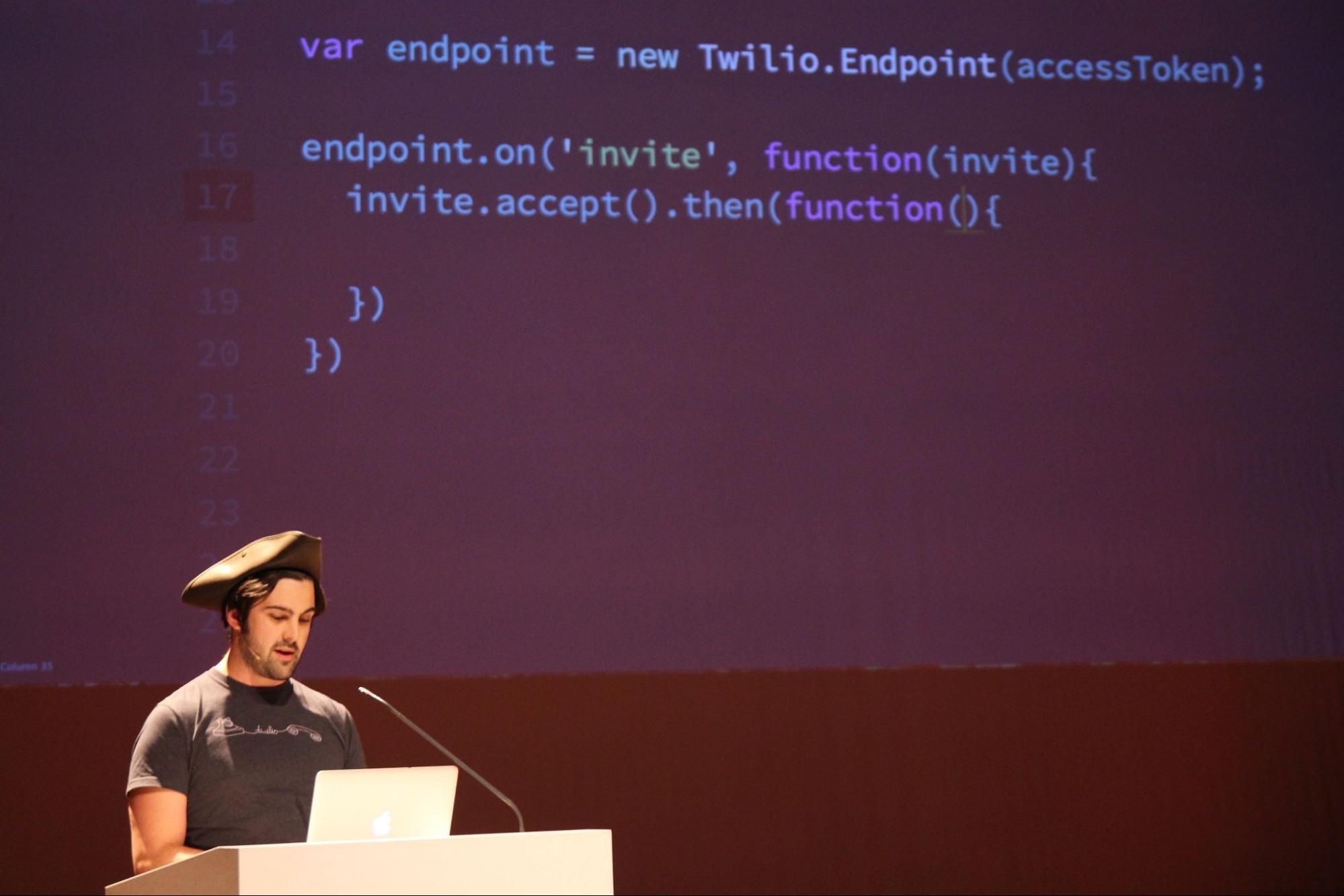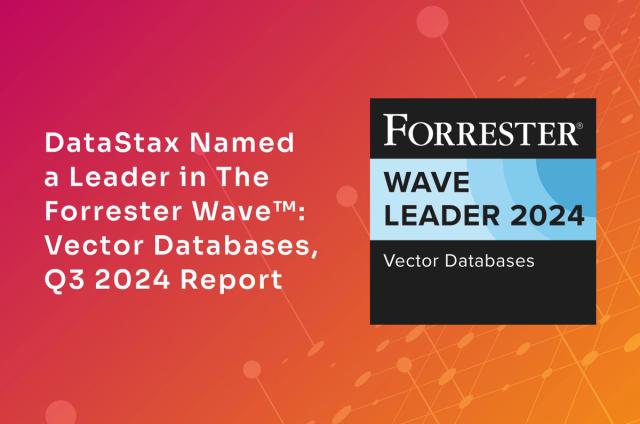An Introduction to Phil Nash, Developer Relations

Hello! My name is Phil Nash and I’m new to the team here at DataStax. I’m a developer relations engineer, which means you’re going to see a lot of me around here. I’ll be building demos, writing blog posts, creating videos, and speaking at meetups and conferences. I’m here to serve the community of developers who want to build with generative AI and DataStax Astra DB.
There’s so much potential in this technology and the best way to unlock it is to do so together, learning from each other.
How did I get here?
Community has driven my career, in different ways, over the years. Before I even started as a professional developer, I found I learned a lot better by trying to build projects and learning from others by reading about their experiences and how they had solved problems. I started professional developer life as a front-end developer in London and my early career was spent triaging and fixing Internet Explorer 6 bugs. I took up back-end development as well, learning Ruby on Rails and working on full-stack applications.
Because I learned so much from others, I’ve always tried to share back what I’ve learned too, through blogging, speaking, and working on open source projects. I always encourage others to do the same, if I get the chance.
After working as a developer for a number of years, my community work led me to a career in developer relations. I joined the Twilio developer evangelism team in 2014 and I’ve been in the business of serving developer communities ever since.

Speaking at ArrrrCamp in 2015. Photo by Simon Starr
Since then I’ve been through a few major life updates. I got a dog (a sausage dog named Ruby), moved from the UK to Australia and got married. Moving around the world was pretty huge, but the developer community in Australia was very welcoming and I’ve always felt at home here.
What are you building?
That’s my story so far, so let’s get back to the matter at hand: the technology. GenAI has taken the world by storm over the last couple of years and there is much to learn and much to build.
My earliest interactions with GenAI was with GitHub Copilot. I’ve gone from marveling at its ability to smart autocomplete my code to using it daily to generate boilerplate and chatting with it to help fix my code. It’s been interesting to see it develop over that time too, from getting stuck in loops, to suggesting I check Stack Overflow and even recently assigning me to work on other people’s code!
As a developer I’m more excited to build with tools like this rather than just using them. When OpenAI released the API for GPT-3.5 I jumped in to see what it would take to write a command line chat bot in Node.js. It was incredible to see that with just a few lines of JavaScript and the API, I could have my own assistant at my fingertips.
Now there are many more LLMs available, both as APIs and as open source models, tools like vector databases to help us make the responses more accurate, and more personalized, as well as a whole ecosystem of open source libraries and tools that can help you do everything from ingesting data, to building UI, to building autonomous agents.
I am excited to serve the developer community here building—or even just being curious about building—with GenAI. There’s a lot for us all to learn, so I look forward to jumping in and sharing everything I can with the community. But I want to know what you’re building, too! Share the ups and downs of building with generative AI and I’ll be there with you.
Let’s build together
If you want to follow my journey with GenAI, keep an eye on the DataStax blog and DataStaxDevs YouTube channel. And let me know what you’re building and what you want to learn too. You can get in touch with me all over the internet as philnash; on Twitter, GitHub, Mastodon, or Bluesky. You can also see where I'll be speaking next on my site.




